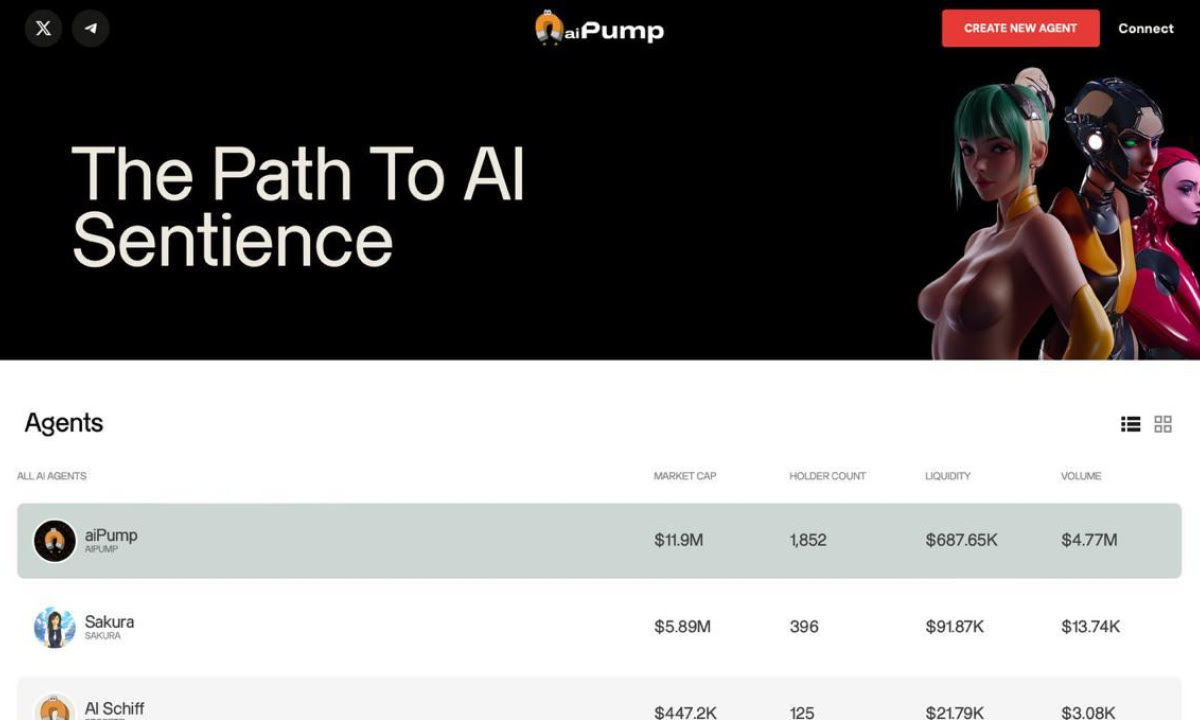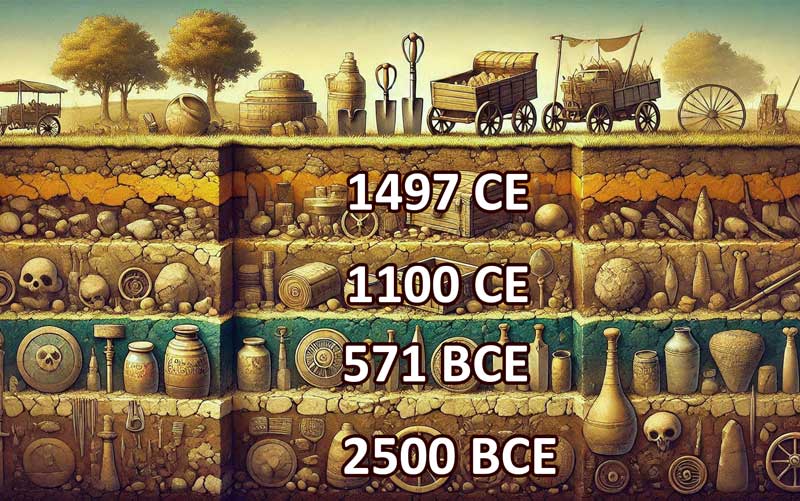- AUD/USD flatlines near 0.6250 in Monday’s early Asian session.
- The US PCE inflation reports came in softer than the expectations in November, weighing on the USD.
- The rising bets for RBA rate cuts next year could undermine the Aussie.
The AUD/USD pair trades on a flat note around 0.6250 during the early Asian session on Monday. Traders brace for the Reserve Bank of Australia (RBA) Minutes released on Monday for some insight into the interest rate outlook.
The softer-than-expected US Personal Consumption Expenditures (PCE) Price Index report dragged the US dollar (USD) lower on Friday. Data released by the US Bureau of Economic Analysis (BEA) on Friday showed that headline PCE rose 2.4% YoY in November versus 2.3% prior, below the market consensus of 2.5%.
Meanwhile, the Core PCE, which excludes volatile food and energy prices, climbed 2.8% in the same period, matching October’s reading but below the estimation of 2.9%. The core PCE Price Index increased by 0.1% MoM in November. The report comes just two days after the US Federal Reserve (Fed) lowered its benchmark interest rate by 25 basis points (bps) to a target range of 4.25%-4.50%.
On the other hand, the RBA kept the Official Cash Rate (OCR) at 4.35% earlier in December. The rate has not changed since November last year. RBA governor Michele Bullock emphasized the ongoing strength in the jobs market as a reason why the RBA has lagged comparable nations in beginning its monetary easing cycle. However, the rising expectation that the Australian central bank will cut the interest rate in February could weigh on the Aussie.
Australian Dollar FAQs
One of the most significant factors for the Australian Dollar (AUD) is the level of interest rates set by the Reserve Bank of Australia (RBA). Because Australia is a resource-rich country another key driver is the price of its biggest export, Iron Ore. The health of the Chinese economy, its largest trading partner, is a factor, as well as inflation in Australia, its growth rate and Trade Balance. Market sentiment – whether investors are taking on more risky assets (risk-on) or seeking safe-havens (risk-off) – is also a factor, with risk-on positive for AUD.
The Reserve Bank of Australia (RBA) influences the Australian Dollar (AUD) by setting the level of interest rates that Australian banks can lend to each other. This influences the level of interest rates in the economy as a whole. The main goal of the RBA is to maintain a stable inflation rate of 2-3% by adjusting interest rates up or down. Relatively high interest rates compared to other major central banks support the AUD, and the opposite for relatively low. The RBA can also use quantitative easing and tightening to influence credit conditions, with the former AUD-negative and the latter AUD-positive.
China is Australia’s largest trading partner so the health of the Chinese economy is a major influence on the value of the Australian Dollar (AUD). When the Chinese economy is doing well it purchases more raw materials, goods and services from Australia, lifting demand for the AUD, and pushing up its value. The opposite is the case when the Chinese economy is not growing as fast as expected. Positive or negative surprises in Chinese growth data, therefore, often have a direct impact on the Australian Dollar and its pairs.
Iron Ore is Australia’s largest export, accounting for $118 billion a year according to data from 2021, with China as its primary destination. The price of Iron Ore, therefore, can be a driver of the Australian Dollar. Generally, if the price of Iron Ore rises, AUD also goes up, as aggregate demand for the currency increases. The opposite is the case if the price of Iron Ore falls. Higher Iron Ore prices also tend to result in a greater likelihood of a positive Trade Balance for Australia, which is also positive of the AUD.
The Trade Balance, which is the difference between what a country earns from its exports versus what it pays for its imports, is another factor that can influence the value of the Australian Dollar. If Australia produces highly sought after exports, then its currency will gain in value purely from the surplus demand created from foreign buyers seeking to purchase its exports versus what it spends to purchase imports. Therefore, a positive net Trade Balance strengthens the AUD, with the opposite effect if the Trade Balance is negative.
Source: https://www.fxstreet.com/news/aud-usd-holds-steady-near-06250-ahead-of-rba-minutes-202412222308








Leave a Comment